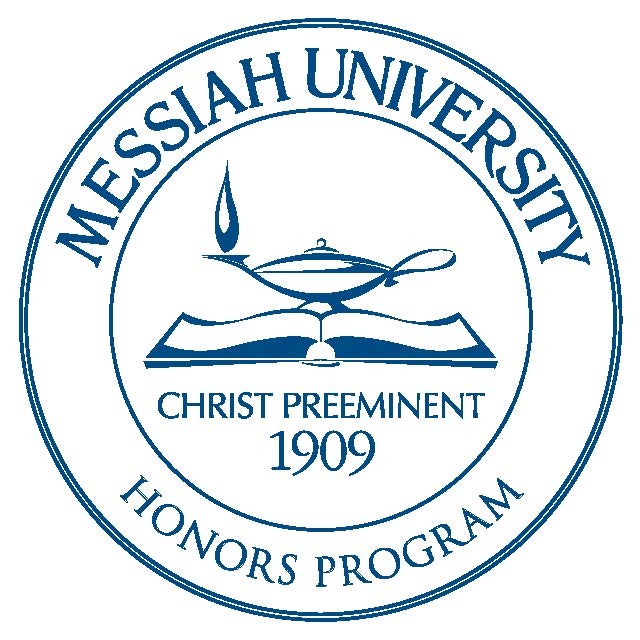Date of Award
5-2011
Document Type
Thesis
Department
Business
First Advisor
Dr. Roger Johnson
Abstract
Since Gerald Scully‘s landmark 1974 article on pay and performance in Major League Baseball, professional and amateur analysts alike have attempted to compare the value of a ballplayer‘s performance to his contract. Thanks to the readily quantifiable nature of baseball performance, many have used the baseball labor market in this way to explore the economic concept of equating marginal player productivity with marginal firm revenue. Past methods of player valuation have ranged from basic counting statistics such as home runs and wins to the prices of baseball cards. The rise of sabermetrics, or the study and science of baseball statistics, has led to the creation of more complex valuation models based on the assumption that player contributions to team wins are heavily correlated with revenue. This study analyzes the institutions and dynamics of the free agent market through the use of one of the more recently conceived sabermetric statistics, Wins Above Replacement (WAR). WAR numbers generated by the statistical research website Fangraphs have been correlated with free agent contracts to generate a standard market rate for each unit of performance. By comparing the relationship between player contracts and the monetary value of their performance through WAR, this study arrives at a number of conclusions on how the free agent market operates with respect to a number of player, contract, and team attributes. In applying microeconomic concepts such as oligopoly power on the part of elite players and oligopsony power on the part of teams, the findings may also have some explanatory power to the dynamics experienced in other less-quantifiable labor markets.
Recommended Citation
Faus, Ryan H., "An Analysis of Wage Institutions in Major League Baseball: Sabermetric and Microeconomic Perspectives on Free Agent Contracts" (2011). Honors Projects and Presentations: Undergraduate. 134.
https://mosaic.messiah.edu/honors/134


